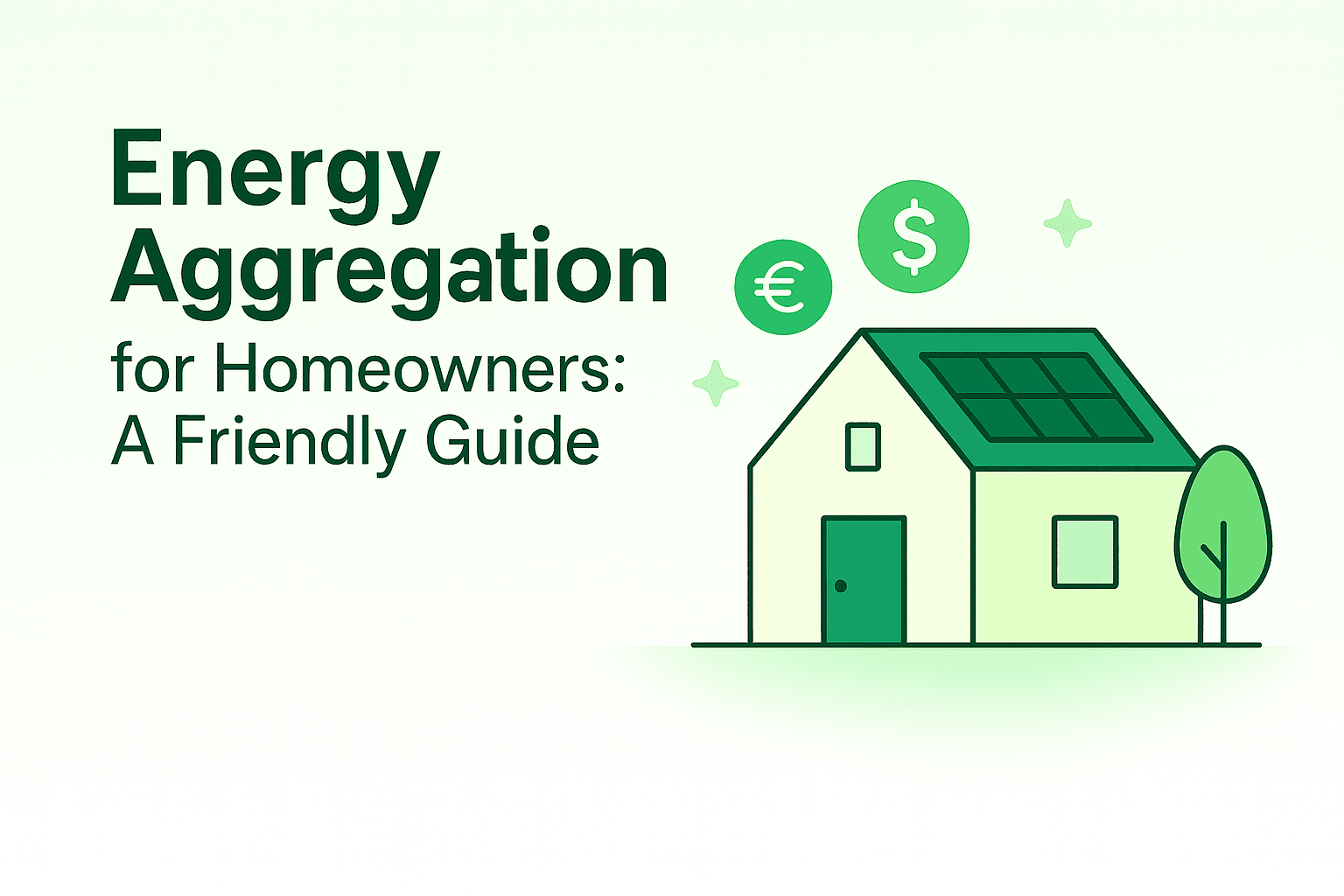Solar Panels, Simply Explained: How They Power Your Home—and How Inowattio Makes Them Work Smarter
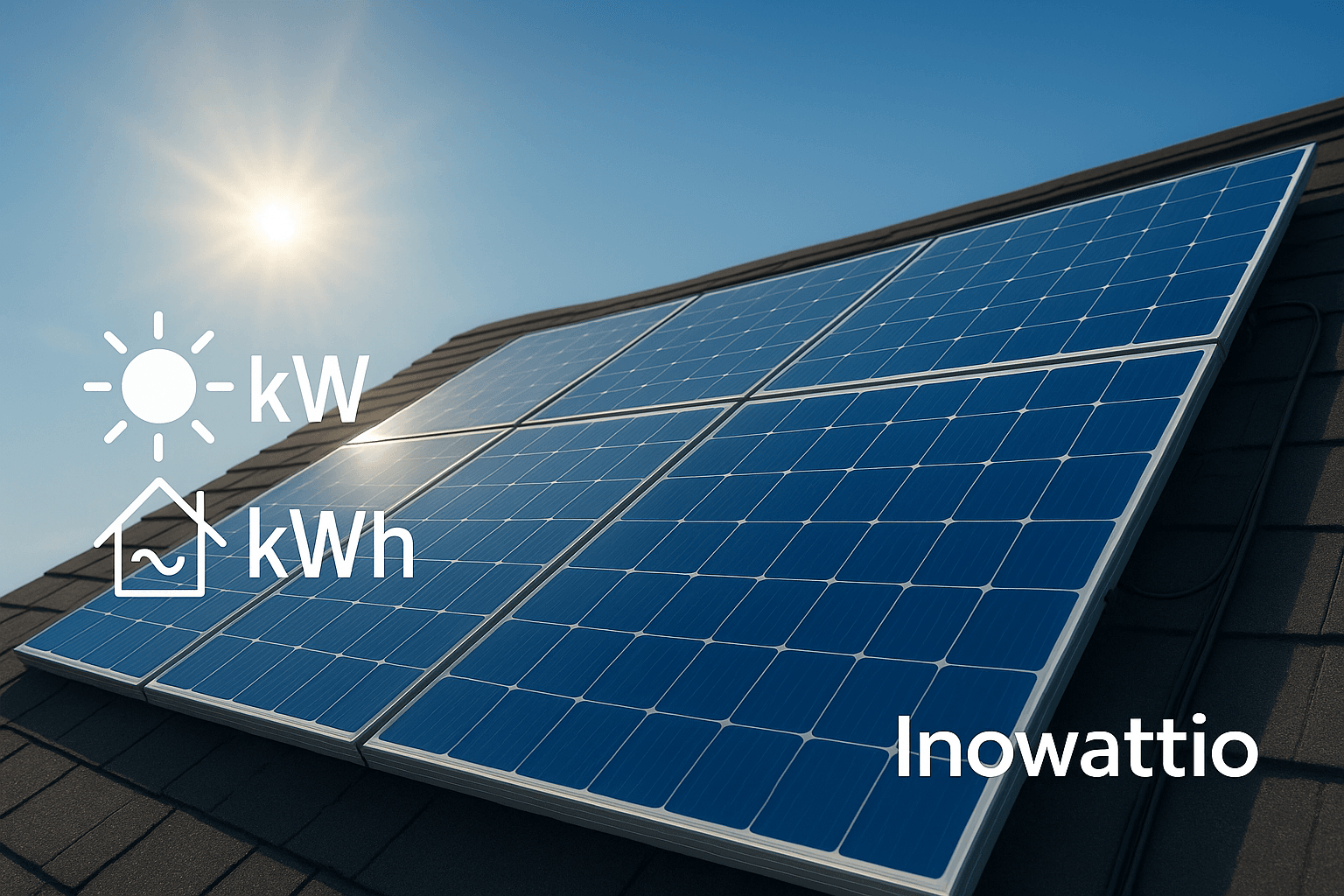
New to solar? This clear, jargon-free guide explains how solar panels power your home, from panels to inverter to grid. See how Inowattio’s live monitoring, forecasts, and smart scheduling help you time appliances, charge EVs on sunny hours, and make the most of every kWh.
Solar Panels, Simply Explained: How They Power Your Home—and How Inowattio Makes Them Work Smarter
This guide is for first-time solar buyers and new prosumers who want clear, plain-English answers. No jargon, just the essentials—and a few handy tips from Inowattio to make the most of your sunshine.
What a solar panel does, in plain English
A solar panel is a flat box that turns sunlight into electricity. Inside, tiny cells release electrons when light hits them, creating a gentle flow of electrical energy your home can use.
Photovoltaic (PV) simply means “light becomes electricity.” There’s no fuel to burn and no moving parts—panels just sit on your roof and quietly make power whenever the sun shows up.
Think of panels like leaves. Leaves catch sunlight and make food for the tree. Panels catch sunlight and make electrical “juice” for your home.
DC vs. AC in one breath. Panels make DC (direct current), which flows in one direction. Homes run on AC (alternating current), which switches direction very fast. An inverter does the translation from DC to AC so your lights and appliances work as usual.
From sunlight to your sockets
Here’s the simple journey your energy takes: Panels → Inverter → Home circuits → Grid.
Quick one-liners
- Inverter: the box that turns DC from panels into AC for your home.
- Battery (optional): a box that stores extra solar to use later.
- Smart meter: the digital meter that counts power in and out for billing.
What affects how much energy you get
Not every day—or roof—is the same. Your solar panel output changes with a few simple factors:
- Sunlight: more sun means more power. Summer days are longer; winter days are shorter.
- Shade: trees, chimneys, and nearby buildings can nibble away at your production.
- Orientation & tilt: south-facing panels at a good angle catch more rays.
- Temperature: panels like it cool; extreme heat can trim output a bit.
- Cleanliness: dust and leaves block light; a gentle clean now and then helps.
Seasons in simple terms. Summer usually delivers more kWh because the days are long and the sun is higher. Winter brings fewer kWh: shorter days, lower sun, and more clouds.
Where Inowattio fits in (practical, everyday help)
Live monitoring shows what’s happening now (kW) and what you’ve made today (kWh). Think of it as a dashboard for your roof—clear, instant, and always on.
Forecasts give you a friendly preview of tomorrow’s likely production. If the app says, “Sunny afternoon,” you can plan laundry or dishwasher runs for those hours.
Smart use helps you shift routine tasks to sunny (or cheaper) times. For example, charging an EV between 13:00–15:00 on a bright day can use more of your own solar instead of grid power.
Communities / aggregation let you join a pool of prosumers, where flexible devices (like batteries or controllable inverters) can support the grid. In return, you may see lower bills or rewards, handled behind the scenes by Inowattio so it stays simple.
Supported hardware: Inowattio works with many common inverter brands and data loggers used at home, including high-profile names like Huawei, Fronius, SMA, Growatt, GoodWe, SolarEdge, and Sungrow. Model support may vary—check the full list before you buy or connect.
Bills, savings, and the grid—without the jargon
kW vs. kWh with a coffee cup. kW is the pour speed—how fast energy is flowing. kWh is the cup filled—the total energy used or produced over time.
Net metering / net billing, briefly. When your panels make more than you need, the extra goes to the grid. When you need more than you make (say, at night), you draw from the grid. Your bill balances what you exported with what you imported, under your local rules and contract.
How optimization can help. Imagine a wash cycle that needs 3 kWh. If you run it at night, you’ll likely import most of that from the grid. If you run it at 13:00 while your roof is producing about 2.5 kW, you may cover the whole cycle with your own solar. Repeat that a few times a week and you might trim noticeable kWh from your imports—how much you save in € or RON depends on your tariff and season.
Simple checklist: getting solar-ready
- Roof & shade: check roof condition; note any trees or obstacles.
- Installer quote: ask for panel/inverter models, expected annual kWh, and warranties.
- Inverter compatibility: confirm your device works with Inowattio.
- Internet connection: make sure the inverter or logger has stable Wi-Fi or Ethernet.
- Before connecting the app: have your inverter login, Wi-Fi details, and meter number ready. If you plan to join a community pool, keep contract details handy.
Ready to get more from your solar panel system? Download Inowattio, connect your inverter, and explore joining an energy pool where available.
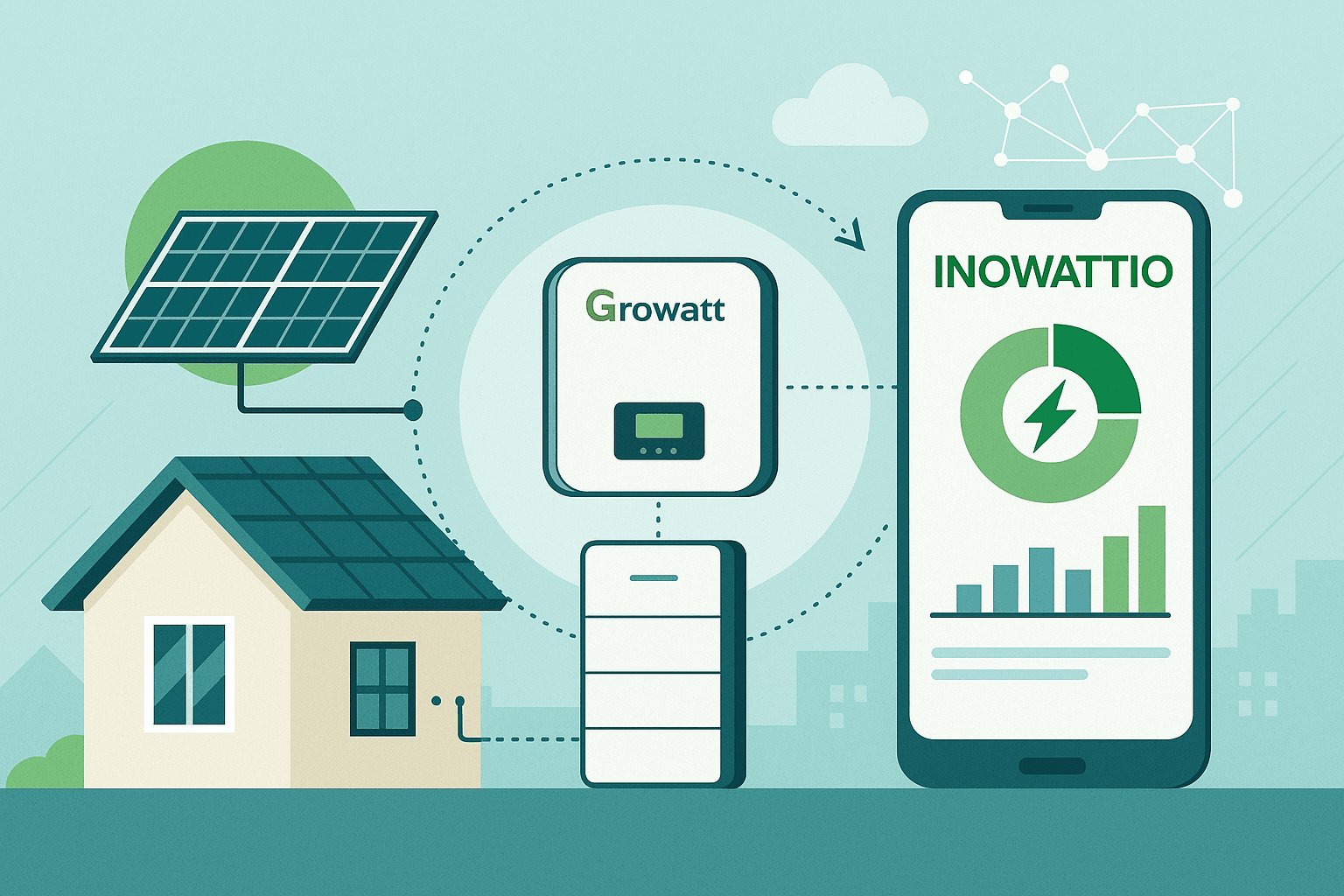
Growatt & INOWATTIO: the perfect solution for smart prosumers
Growatt systems work seamlessly with the INOWATTIO platform, giving prosumers full control over their solar energy. Monitor, store, and optimize power in real time with a smart app that helps you save money and support a greener, more sustainable energy network.
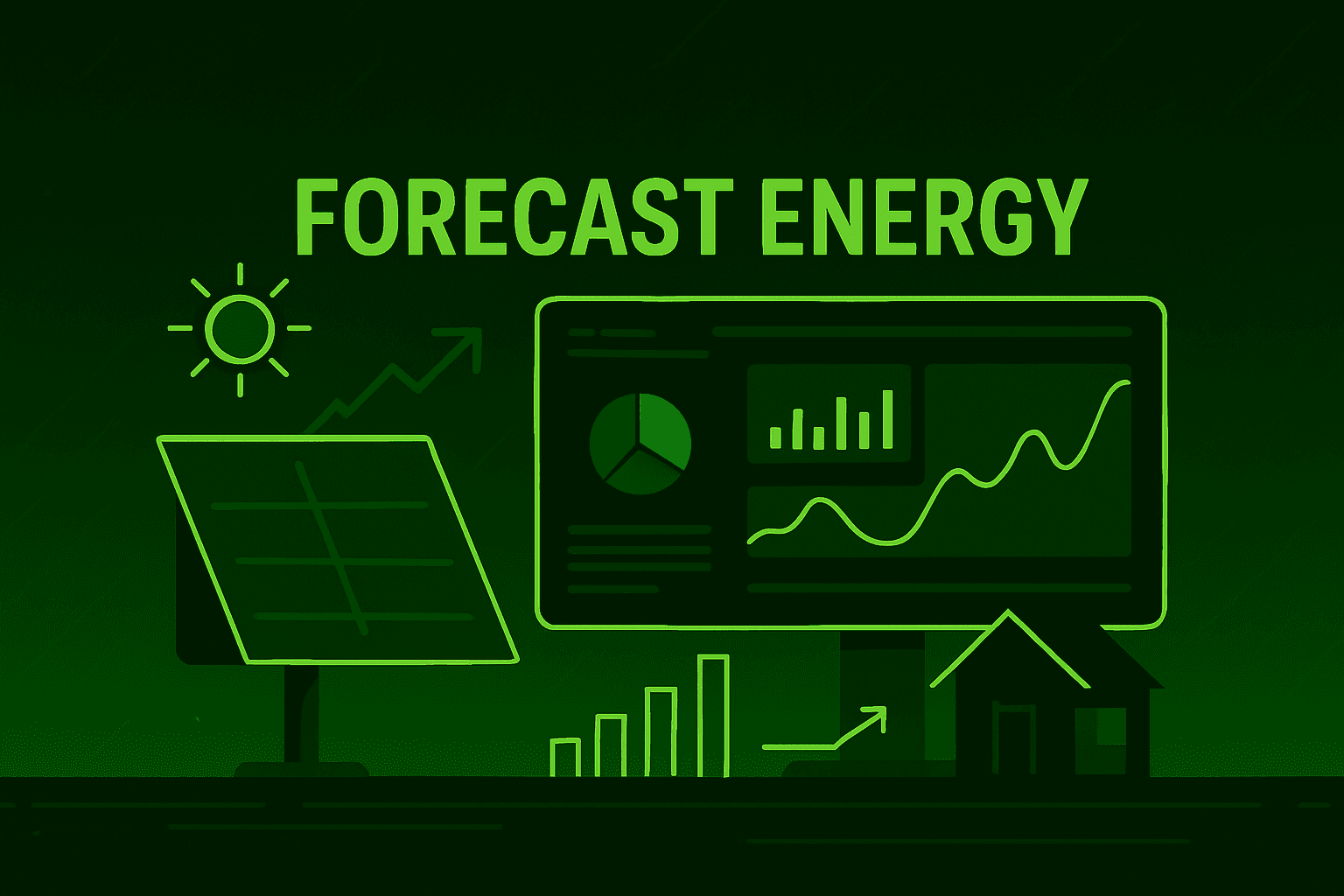
Forecast. Optimize. Save - Smart Energy Forecasting Powered by Inowattio
Forecasting solar production and energy use is essential for improving efficiency and gaining more control over your home’s energy. By understanding the weather, your habits, and how your system behaves, smart tools can help you plan ahead, save money, and use energy more wisely.
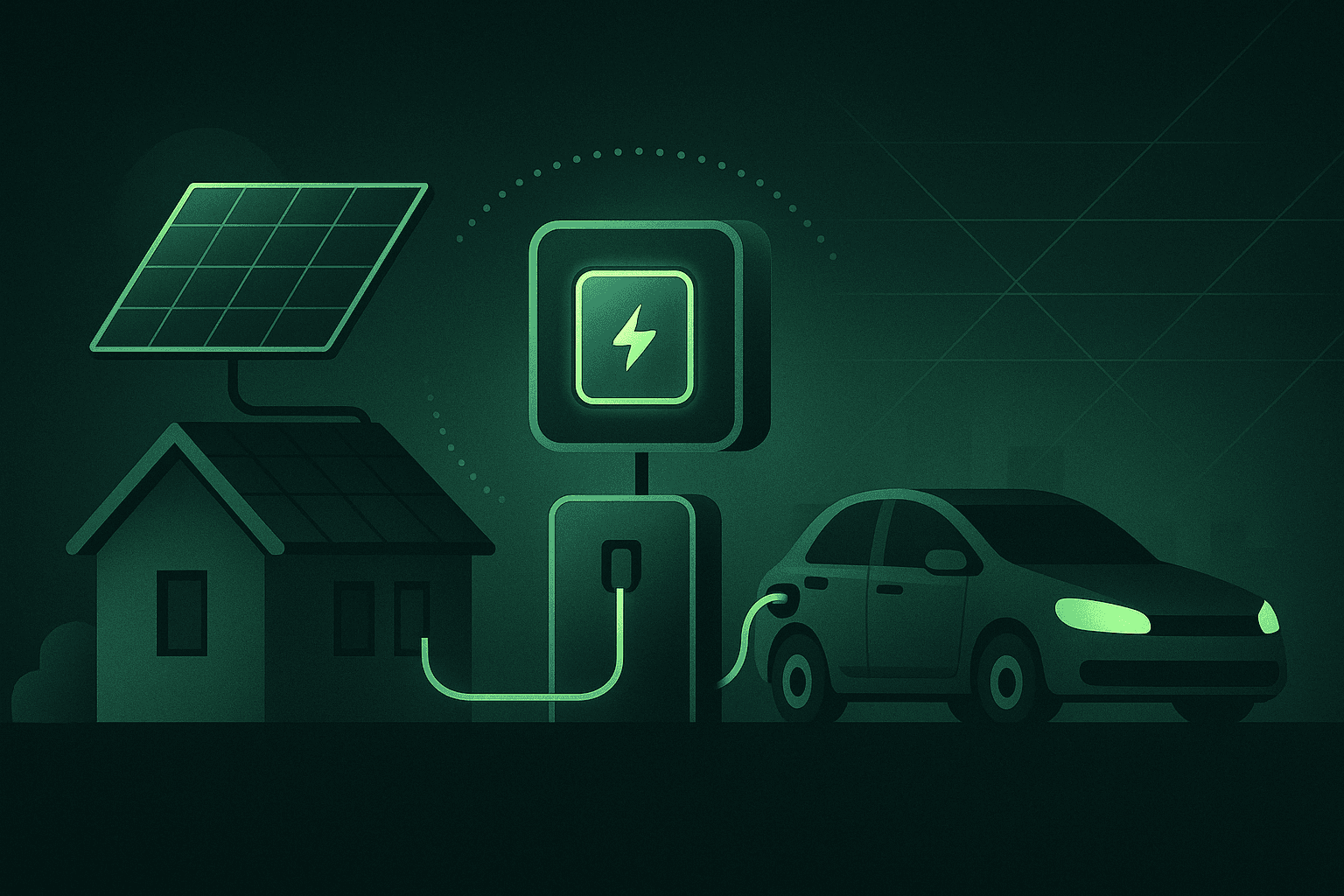
EV Chargers - Quick-start guide
Charge smarter, not harder. Learn the essentials of EV chargers in Romania: AC vs. DC, the right power (7.4/11/22 kW), solar & battery integration, and pro installation for safety and uptime. Plug into lower costs and a cleaner drive with Inowattio.
